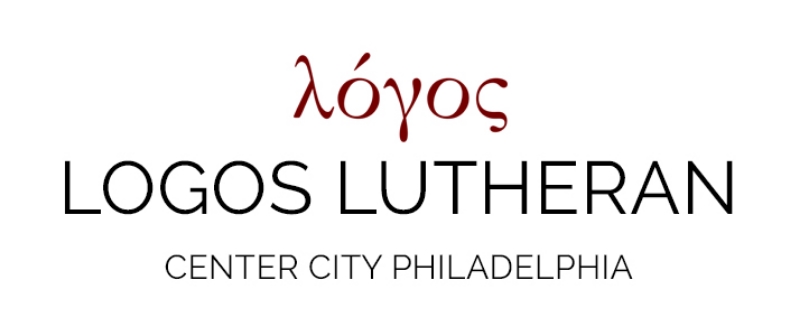The Sacrament of the Altar
The Last Supper, after 1703, Artist/Maker unknown, French, from the Philadelphia Museum of Art.
On the night before his death for the sins of the world, our Lord Jesus instituted a rite that would become central to the life of his Church in the millennia to come. St. Luke the Evangelist described our Lord’s institution of the Sacrament of the Altar with the following words:
[Jesus] took bread, and when he had given thanks, he broke it and gave it to them, saying, “This is my body, which is given for you. Do this in remembrance of me.” And likewise the cup after they had eaten, saying, “This cup that is poured out for you is the new covenant in my blood” (Luke 22:19-20).
With these words, our Lord instituted a meal that his Church is to celebrate until he comes again in glory (1 Corinthians 11:26).
But what is this meal that Lutherans call the Sacrament of the Altar? It is, as Jesus said, his very body and blood that he gave up on the cross for the forgiveness of our sins. We take our Lord at his word when he says that the bread that he gives us to in this sacrament is his body and the wine that he gives us to drink is truly his blood.
How is it, then, that simple bread and wine can be the very body and blood of Christ? It is because, in the Divine Service, our Lord Jesus adds his Word, the powerful Word that created all things (Psalm 33:6), to the bread and wine. Just as on the night when he instituted this sacrament, when our Lord adds his Word to the bread and the wine, we have his promise that this bread and wine are truly his body and blood.
But why would our Lord Jesus give us his body and blood in the Sacrament of the Altar? Because it was with his body and blood that he won the forgiveness of our sins (1 John 1:7). Thus, whenever we receive his body and blood in this sacrament, we receive anew the forgiveness of sins that he won for us with that body and blood (Matthew 26:27-28). With our sins forgiven, our relationship with our Heavenly Father is restored, and we receive the gifts of life and salvation. As we receive our Lord’s body and blood in our mouths, we are also further united to him and, by extension, to all those who receive the Sacrament with us.
In his epistle to the Corinthians, the Apostle Paul teaches us that all of those who receive the Sacrament of the Altar receive the body and blood of our Lord Jesus, explaining that those who receive our Lord’s body and blood properly receive it for the forgiveness of sins and those who receive it improperly receive it to their judgment and even their death (1 Corinthians 11:27-30). This is to say that in order to receive the Sacrament of the Altar to your blessing and not to your harm, it is necessary to believe what our Lord promises in the Sacrament: that you there receive the forgiveness of sins in his body and blood. Similarly, the Apostle teaches us that it is necessary for those who join together at the same altar to be unified in the faith of that altar (1 Corinthians 10:16-21).
For this reason, Logos and her sister congregations in the Lutheran Church are careful to ensure that those who receive the Sacrament of the Altar are instructed in the Christian faith and share our faith in Jesus’ words “for you.” If you have not already been instructed in the faith at one of our sister congregations in the Lutheran Church—Missouri Synod, you are invited to begin instruction with Pastor Kieselowsky so that you might receive this sacrament together with us and there receive Christ’s free gifts of forgiveness, life, and salvation.
For more information about the Sacrament of the Altar, click here for the explanation in the Small Catechism.

